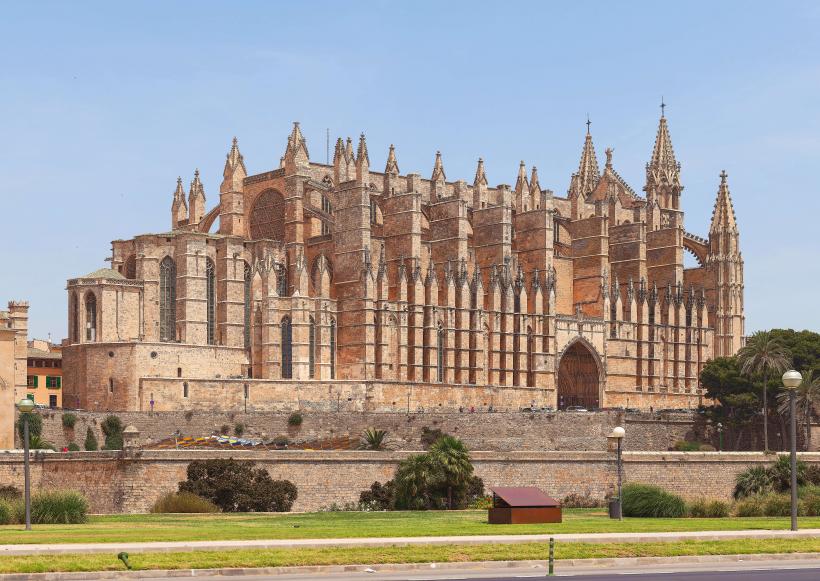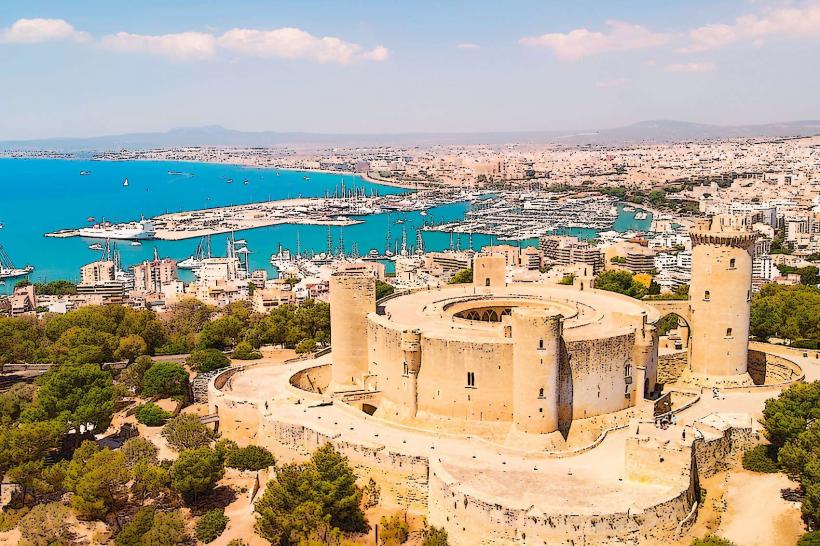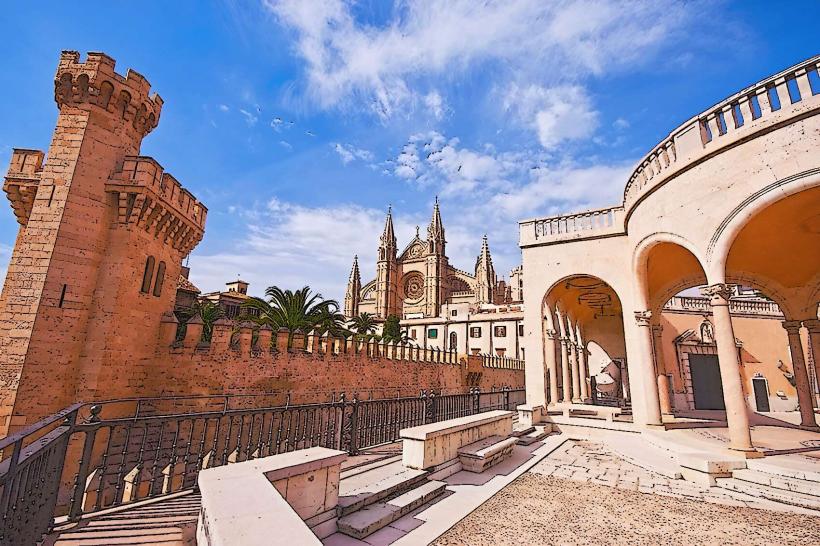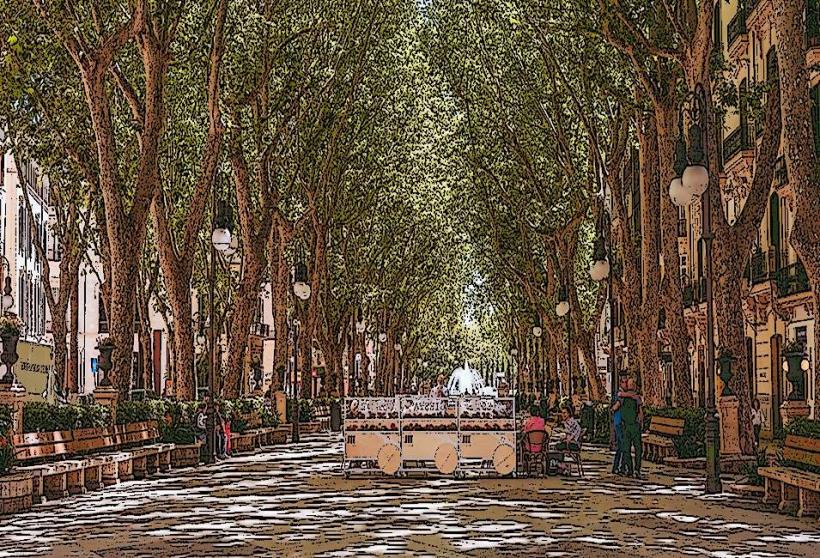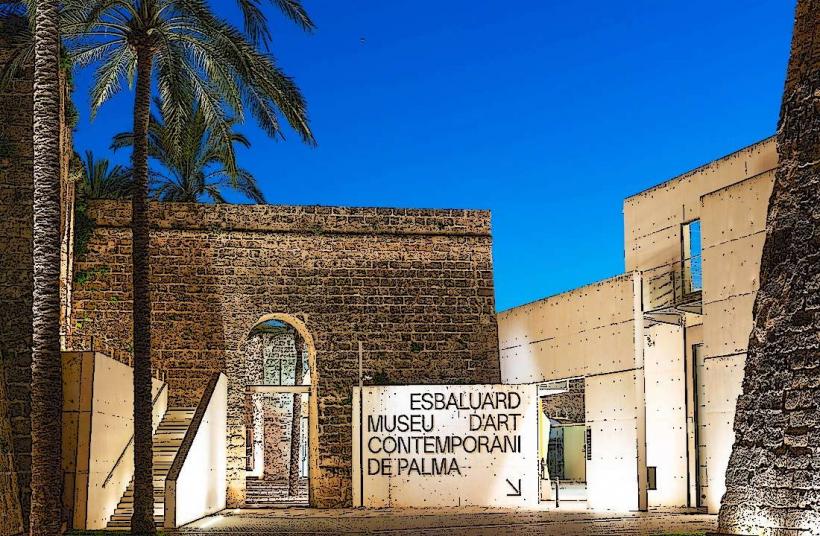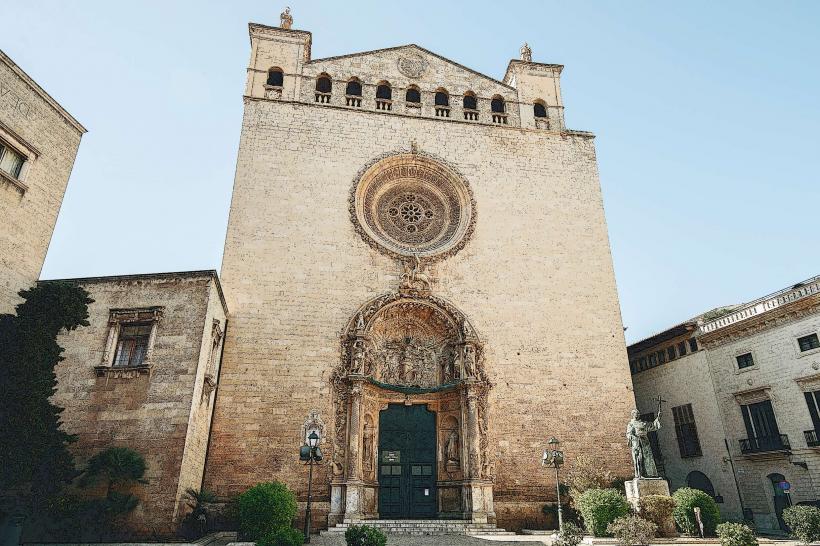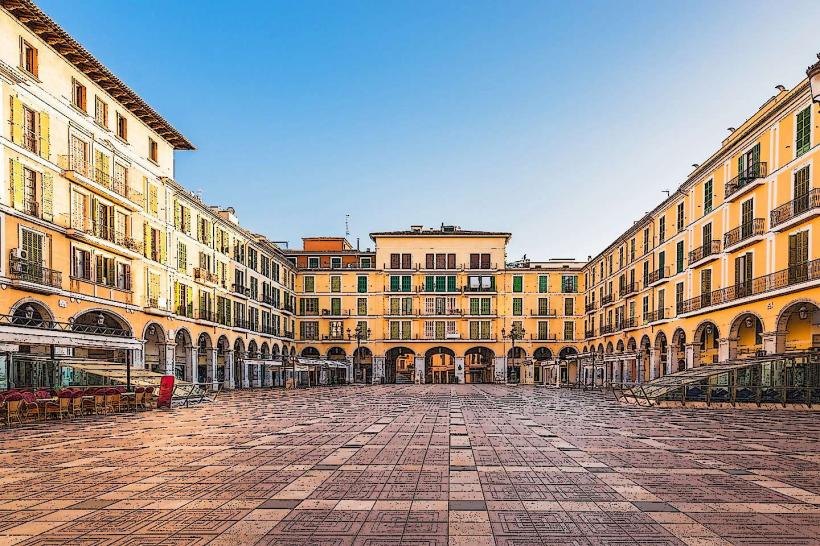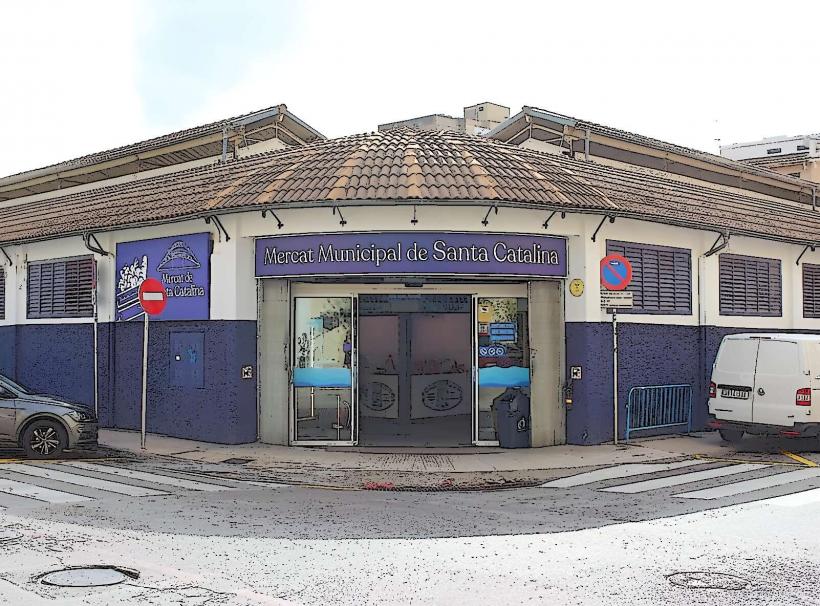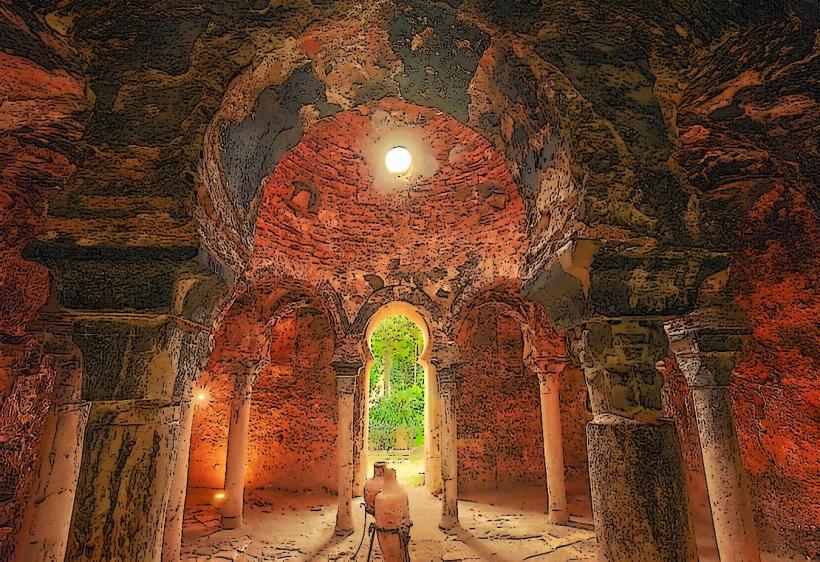Information
Landmark: Lonja de PalmaCity: Palma de Mallorca
Country: Balearic Islands
Continent: Europe
The Lonja de Palma, also known as the La Lonja de los Mercaderes (Merchant's Exchange), is one of the most important historical landmarks in Palma de Mallorca, Spain. Located near the Plaza de la Lonja and the harbor, it is a stunning example of Gothic architecture and has played a significant role in the island's history, particularly during the Medieval period.
1. Historical Background
- Construction:
The Lonja de Palma was built between 1426 and 1448 under the orders of King Alfonso V of Aragon, who aimed to create a central place for trade and commerce in the growing port city of Palma. The building was designed to serve as a marketplace and a meeting point for merchants, establishing Palma as an important commercial hub in the Mediterranean. - Function:
In its original purpose, the Lonja was a mercantile building where merchants conducted business, sealed trade agreements, and stored their goods. Its central location, near the harbor, made it ideal for facilitating maritime trade between the island of Mallorca and the rest of Europe. It symbolized the economic power and prosperity of Palma during the reign of Alfonso V and beyond. - Decline and Renovation:
Over the centuries, the building's commercial purpose gradually declined, especially as the city's trade activities moved elsewhere. However, the Lonja remained a significant symbol of Palma's historical wealth and commercial legacy. It was later renovated and repurposed for cultural and governmental uses. Today, it is used as an exhibition space and a venue for cultural events.
2. Architectural Features
- Gothic Design:
The Lonja de Palma is one of the finest examples of Gothic architecture in Mallorca. Its design was heavily influenced by the Gothic style that was prevalent in Mediterranean Europe during the 15th century. The building's exterior is marked by pointed arches, large windows, and ornate stone carvings, all of which are characteristic features of the Gothic style.
The building’s stone facade is a mix of local limestone, giving it a warm golden hue, and intricately detailed stonework that emphasizes the importance of the structure as a commercial and cultural centerpiece. - Facade and Entryway:
The facade of the Lonja is decorated with sculptural elements and large pointed windows that provide both light and an aesthetic balance to the structure. The main entrance features a wide arch, which is designed to impress visitors. The carved details around the door depict elements from religious and civic life, reflecting the building's role in both spiritual and economic matters. - Interior:
The interior of the Lonja is equally stunning. The main hall is spacious with a high vaulted ceiling supported by ornate columns. The ceiling is characterized by cross-ribbed vaulting, a hallmark of Gothic architecture, and creates a sense of grandeur and openness in the interior. The columns are particularly notable for their elegant design, with some of them incorporating twisted or spiraled motifs, adding an additional layer of visual intrigue. These columns create a series of nave-like spaces, echoing the design of a cathedral, but intended for commercial activities. - Courtyard:
The building also features a central courtyard, which provides additional light and ventilation. The courtyard is framed by a perimeter of arches and columns, creating a visually balanced space that complements the verticality of the interior. The open space of the courtyard would have served as an ideal location for traders and merchants to display their goods. - Windows and Lighting:
The large windows in the building are particularly striking. The stained-glass windows create an interplay of light and color in the interior, casting vibrant patterns across the stone floors and highlighting the impressive architectural features. The use of windows also emphasizes the building's role as a place of both commerce and social interaction.
3. Cultural and Artistic Significance
- Cultural Heritage:
The Lonja de Palma is an integral part of Palma's cultural identity. As a symbol of the city's merchant history, the building represents the importance of Palma as a Mediterranean trading port during the Middle Ages. Today, it serves as a reminder of the island’s prosperous past, and its role in shaping the city’s architectural landscape. - Exhibitions and Art:
The Lonja is now used as an exhibition space for temporary art shows, particularly those that focus on contemporary art. The open, spacious layout of the building makes it an ideal venue for art exhibitions and cultural events, which are often organized by the Palma City Council. Visitors can enjoy a combination of historic architecture and modern artistic expression within the same walls. - Events and Festivals:
In addition to exhibitions, the Lonja hosts a variety of cultural events throughout the year, including classical music concerts, theatrical performances, and festivals. Its central location in Palma also makes it a popular destination during city-wide cultural celebrations, such as Mallorca’s Patron Saint Festivities and the Palma de Mallorca Music Festival.
4. Visiting the Lonja de Palma
- Opening Hours:
The Lonja de Palma is generally open to visitors from morning to afternoon, although the opening hours can vary depending on the exhibition or event being held. It's best to check the schedule before visiting, especially if you want to see a specific art show or cultural event. - Entry Fee:
Admission to the Lonja is typically free, though there may be a charge for certain temporary exhibitions or special events. The entrance fee is usually modest, making it an affordable cultural attraction. - Visitor Experience:
The Lonja de Palma offers a peaceful and immersive experience for visitors. Walking through the high vaulted halls and gazing at the intricately designed stone columns and sculptures offers a chance to appreciate both the artistic craftsmanship of the medieval period and the modern adaptations of the space. It's also a great place for photography, with the natural light filtering through the windows and casting dramatic shadows on the stone floors.
5. Location and Accessibility
- Location:
The Lonja de Palma is located in the historic center of Palma, just a short walk from the harbor. Its proximity to other key landmarks, such as the Palma Cathedral, Almudaina Palace, and Plaza Mayor, makes it an easy and convenient stop on a walking tour of the city. The square in front of the Lonja, Plaza de la Lonja, is a popular gathering spot, with several cafes and restaurants where visitors can relax and enjoy the view of the building. - Getting There:
The Lonja is easily accessible by foot from most parts of Palma’s old town. It is a short distance from Palma’s central shopping district and other nearby attractions, making it a popular site for tourists. There are also public transportation options nearby, including buses and taxis, for those who prefer not to walk.
6. Conclusion
The Lonja de Palma is a fascinating blend of historical significance and architectural grandeur, offering a glimpse into the rich mercantile past of Palma de Mallorca. Its Gothic design, spacious interior, and use as a cultural space today make it a must-visit landmark in the city. Whether you're an admirer of architecture, history, or contemporary art, the Lonja offers something for everyone, making it an essential part of any exploration of Palma.

